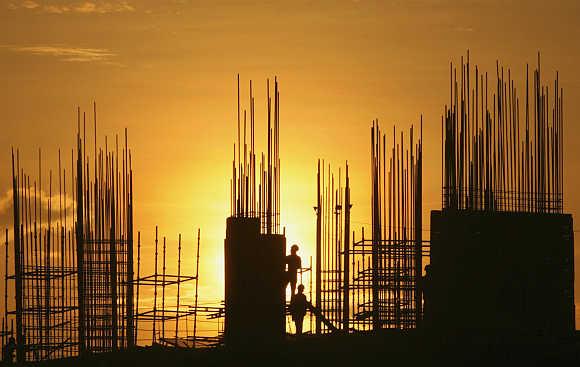
But it is the how and why of converting agricultural land into hundreds and thousands of acres of residential and commercial projects that unravel a real estate story, difficult to capture otherwise.
Even as Pune and Nashik continue to be hot destinations for realty investments, Raja Shinde, a farmer busy making innovative changes in his land along the Mumbai-Pune expressway, explains what goes into making these stretches so attractive.
The process begins with people investing in agricultural land identifying big chunks. Then a middleman comes into the picture and does the necessary groundwork, mainly bringing together land owners and getting their consent.
...
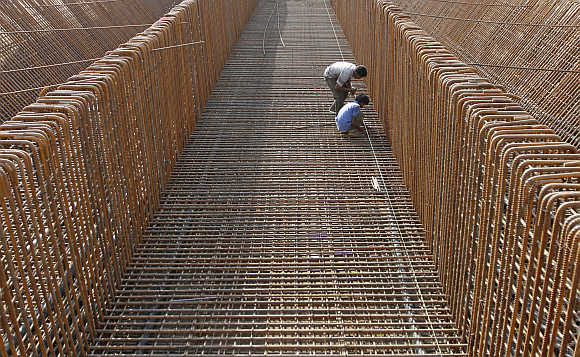
Thereafter, a farmer is chosen to lead, say, a parcel of 100 acres and the document is registered with the district authorities for its conversion into a non agricultural one.
Though the process typically requires 90 to 180 days, conversion is like a breeze if the developer enjoys rapport with the power that be, Shinde adds.
The state government's recent decision to bring 28 fringe villages into the Pune Municipal Corporation's limits has been a boon for builders and developers. The move will increase the civic body's area to a little over 450 sq km. These villages were in the spotlight a few years earlier for projects under the affordable housing category.
...

However, revenue department officials admit it led to unauthorised construction in these villages, as the building plans were cleared in haste by panchayats. Records with the department clearly show that additional floor space index was approved in breach of the stipulated norms.
Ulka Mahajan, an activist engaged in issues relating to land acquisition and rehabilitation, says these decisions might result in rampant conversion of agricultural land for non-agricultural use. Besides, she says, large scale transfer of land might take place for speculative purposes, distorting the land market.
And "unholy nexus" between the political class, middlemen, government employees and aggressive builders is resulting in high-volume land grab, Mahajan alleges.
...
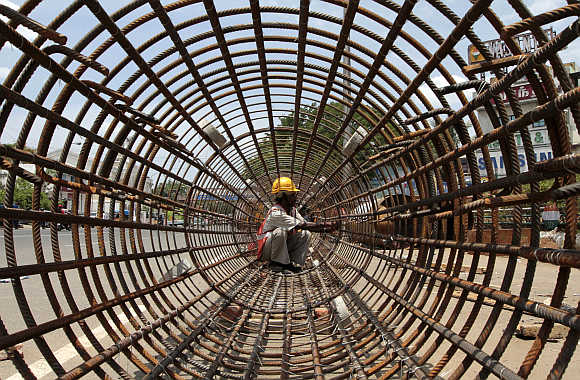
"This is also visible in the area around the Delhi-Mumbai Industrial Corridor and also in the villages to be affected due to the Navi Mumbai international airport," she adds.
Sunil Soni, ex-principal secretary in the state government, recently said at a conference organised by Mumbai University that for some people, land is a gold mine.
"The processing time for conversion is laid down as 120 days. However, it takes about two to three years without 'influence.' Land conversion rules are cumbersome and time-consuming," he noted.
Soni suggests introduction of a Vacant Land Tax can prevent hoarding, as land values are significantly affected by upcoming projects in the vicinity.
...
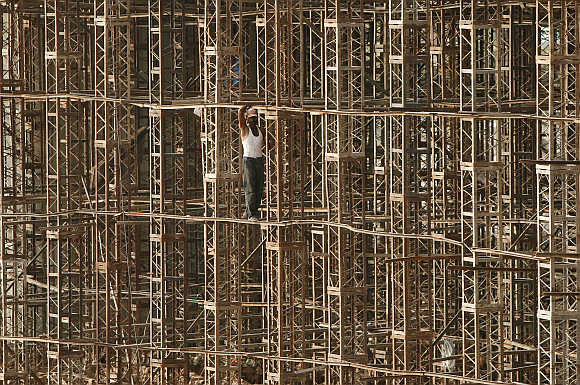
"Asymmetry of information leads to purchase of vacant lands before the markets are able to factor in the new externality. In the absence of such a tax, these actors can hold on to such lands for a long time without feeling a pinch," he says.
On the Mumbai-Nashik belt, construction activity is thriving, perhaps helped by the government's recent announcement that Nashik airport will be operational in a year.
Other factors include religious tourism in places like Trambakeshwar and Shirdi, giving a boost to residential and hotel projects.
"Agricultural land prices vary from Rs 10 lakh an acre to Rs 50 lakh an acre. However, after its conversion for non-agricultural purposes, the prices zooms to Rs 4-5 crore per acre," a Nashik-based builder, who did not want to be identified, tells Business Standard.
...
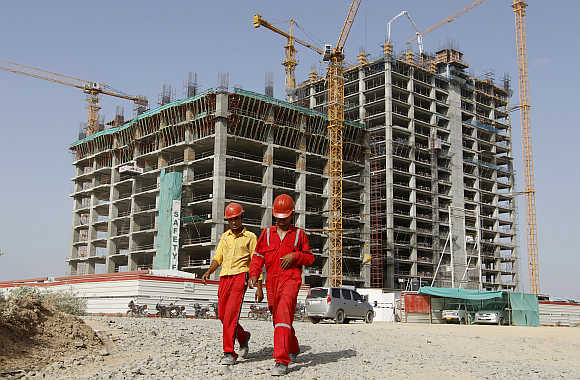
Industry people talk in hushed tone of cases where a portion of land acquired by the government for industrial and non-industrial use is allocated to influential persons and their institutes at throwaway prices in this region.
Another trend is conversion of tribal land. Dilip Shinde, engaged in cultivation of commercial crops, including grapes, says a tribal is, typically, chosen by a private party, who then provides the necessary funds for acquiring a large parcel of tribal land. The tribal then approaches the district authorities for its conversion to non-agricultural uses.
...
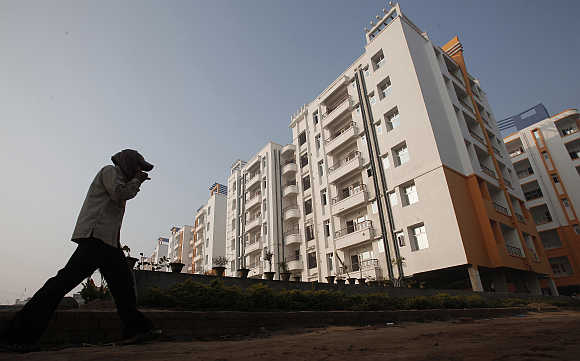
Balasaheb Thorat, state revenue minister, admits the government has been receiving information on several such cases. "These transactions are done in the current legal format. However, the government will work out a plan to curb such instances, so that interests of farmers can be protected," he said.
But the minister also argues that the conversion of agricultural land was necessary and inevitable to accommodate the rising population and other businesses. A committee is looking into ways to make conversion of agricultural land into a non-agricultural one easy and simple, said Thorat.
The objective is to reduce paperwork and give a go-ahead by verifying the land title.